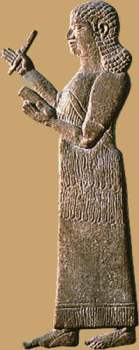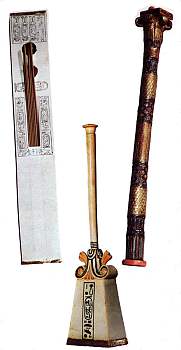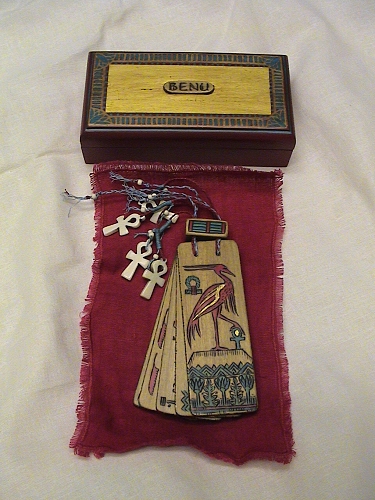Andrew Piper says that e-readers will doom the act of reading. He even has a new book out about it, from the University of Chicago Press, which I am fairly certain will also be available in digital form. Edited to add: yep, it’s on Kindle.
He wrote a Slate article about it, too.
I call utter dogbollocks. E-readers are tools and delivery systems, nothing more. Mr. Piper needs to shelve his pretentious fears, take a chill pill, then go read Neal Stephenson’s The Diamond Age.
Technology only adds options. How to use them is up to us. But once they do exist, somebody is going to make bank on them. The Gutenberg Bible broke the price and production-time bottlenecks on expensive hand-copied books, helping to create the vast economic and political changes of the Renaissance. Telegraphs broke the tyranny of distance and offered real time information for empire-builders. Typewriters increased data entry capacity, made novel-writing easier, and gave many 19th Century women genteel, respectable careers as paid typists. I could go on to list the personal computer, the world-wide web, the cellular phone – but we’ve seen how those inventions changed our lives.
I’m hoping that the rise of e-readers will broaden the reading population.
Some of my friends have grown up in households with no or few books. Many friends do not read for recreational purposes, only when their job demands it.
My mom taught me how to read when I was four, one of the greatest gifts I’ve ever been given. Granted, she probably did it not just to enlighten her last-born little savage, but to gain some peace and quiet for herself. Before kindergarten arrived with its ‘See Spot Run’ books, I was reading (slowly, and with much digression into dictionaries) my family’s 50-year collection of National Geographic magazines.
This may have helped my future grades, but it did nothing for my social life. No matter – I was a bibliophile from the start. I live in a house filled with books, most of them non-fiction. I have marked parts of my life with the books I read as I endured or celebrated those passages.
As a sculptor and book artist, a lot of my artwork is based on art that can only be properly experienced in the layered, sequential form of books. Mine are handheld art installations, little sculptures of wood, glass, cloth, and sometimes even paper. And I’m good at it. My work is carried in galleries and curated by some well-known university special collections. Since 1998, I’ve made over 140 such books, in small editions or one-of-a-kind pieces. Most have sold within a few months of completion. Here’s one, and I’ll explain why I used it later:
Guess what? In a couple of months, if I’m lucky, I’m buying my first tablet after seeing a friend fall in love with his. Among other things, it’s a spiffy reader. It stores more books than my home library. Bookmarking and annotating data is now simple. All my favorite magazines, from craft and art to science and fashion, are available by reasonable subscription. Reading isn’t accomplished by pressing a button, as Mr. Piper fears, but by a familiar page-turning fingertip swipe. Oh, and I can alter light levels and text size in a moment.

 Am I turning my back on the tactile wonderland of traditional books? No. In fact, I’m gearing up for a new round of book arts pieces in 2013. I won’t discard my battered 1980’s paperbacks, though I’m replacing some of them with exquisite hardcover reprints from a small press. I will still curl up with a cup of tea and a paper book on wintry evenings.
Am I turning my back on the tactile wonderland of traditional books? No. In fact, I’m gearing up for a new round of book arts pieces in 2013. I won’t discard my battered 1980’s paperbacks, though I’m replacing some of them with exquisite hardcover reprints from a small press. I will still curl up with a cup of tea and a paper book on wintry evenings.
But I’ll be able to do a lot more of my career-required reading much more easily. I can carry work and recreational books with me nearly anywhere, thus opening more time for reading. My e-reader will be a lot more discreet than mass-market paperbacks, so I can reference other erotic romance writers without having bystanders’ eyebrows quiver at the hunky cover models.
In a way, I think of my future tablet as a direct link back the two images above. The Sumerian scribes who made literal religions out of bureaucracy and recording everything. The Egyptian scribes and craftsmen whose glorious writing boxes and wax tablets inspired me toward book and text-based art, way back in the 70’s with the first Metropolitan Museum of Art Tutankhamun exhibit.
After thousands of years, we’re back to tablet and stylus. I find that strangely comforting. I firmly believe it’s not how you read – it’s what you read, and how often.
